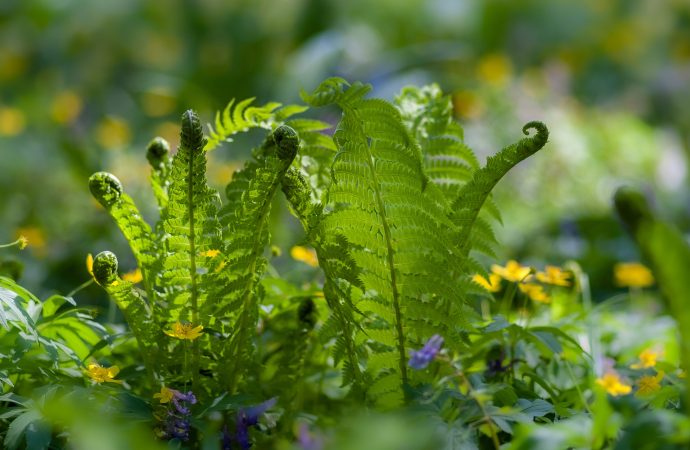Introduction Plants are the true masters of adaptation. From the frigid Arctic tundra to scorching deserts and dense rainforests, they have managed to survive and thrive in a remarkable array of environments. Unlocking the secrets behind their adaptability not only fascinates scientists but also holds the key to understanding the delicate balance of ecosystems and
Introduction
Plants are the true masters of adaptation. From the frigid Arctic tundra to scorching deserts and dense rainforests, they have managed to survive and thrive in a remarkable array of environments. Unlocking the secrets behind their adaptability not only fascinates scientists but also holds the key to understanding the delicate balance of ecosystems and addressing challenges posed by climate change. In this article, we delve into the captivating world of plant adaptations and explore the mechanisms that allow them to conquer diverse habitats.
- Morphological Marvels: Structural Adaptations
Plants have evolved an astounding array of morphological features that enable them to navigate their surroundings successfully. Take, for instance, the cacti of the desert. These plants have reduced their leaves to spines, minimizing water loss through transpiration while still providing protection from herbivores. Similarly, the broad, flat leaves of aquatic plants allow them to maximize sunlight absorption in water-rich environments. Whether it’s the needle-like leaves of conifers or the succulent stems of desert-dwelling plants, these structural adaptations showcase the incredible ingenuity of plants in maximizing their chances of survival.
- Water Wisdom: Adaptations for Moisture Management
Water is a precious resource, and plants have developed numerous adaptations to cope with its scarcity or abundance. In arid regions, xerophytes like succulents and desert shrubs have evolved mechanisms to conserve water. Their thick, waxy cuticles reduce evaporation, and their specialized root systems enable them to extract water from deep within the soil. On the other hand, hydrophytes, plants that thrive in waterlogged environments, possess air-filled spaces in their tissues that allow them to float, while specialized root structures help them absorb oxygen from the water. These water-wise adaptations are essential for plant survival in drastically different moisture conditions.
- Mastering Photosynthesis: Adaptations for Sunlight Capture
Photosynthesis is the fundamental process that allows plants to convert sunlight into energy. However, not all plants receive equal sunlight exposure. In dense forests, where sunlight is limited, shade-tolerant plants have developed adaptations to capture and utilize even the faintest rays. Their larger, thin leaves help maximize light absorption, while chloroplasts are positioned more efficiently to make the most of available light. In contrast, sun-loving plants in open habitats have smaller, thicker leaves to reduce water loss and protect against excessive sunlight. Understanding these light-capturing adaptations not only sheds light on plant biology but also aids in designing efficient agricultural systems and optimizing crop yields.
- Battling Extremes: Adaptations for Temperature Tolerance
Plants inhabit environments with extreme temperatures, and their ability to cope with heat or cold is nothing short of astonishing. Alpine plants, for example, have developed short, cushion-like growth forms that minimize exposure to harsh winds and retain heat from the ground. Some desert plants possess reflective surfaces on their leaves to reduce heat absorption, while others have extensive root systems that allow them to tap into cooler soil layers. In freezing conditions, certain plants produce antifreeze proteins to prevent ice formation within their cells. By unraveling the secrets of temperature tolerance, scientists aim to develop resilient crop varieties and contribute to the fight against global warming.
- Mutual Partnerships: Symbiotic Adaptations
Plants have evolved fascinating relationships with other organisms, forming symbiotic partnerships that benefit both parties. Mycorrhizal fungi, for instance, form associations with plant roots, enhancing nutrient uptake in exchange for carbohydrates. This mutualism has enabled plants to colonize nutrient-poor soils successfully. Additionally, pollination, facilitated by insects, birds, or bats, allows plants to reproduce and diversify

















Leave a Comment
Your email address will not be published. Required fields are marked with *